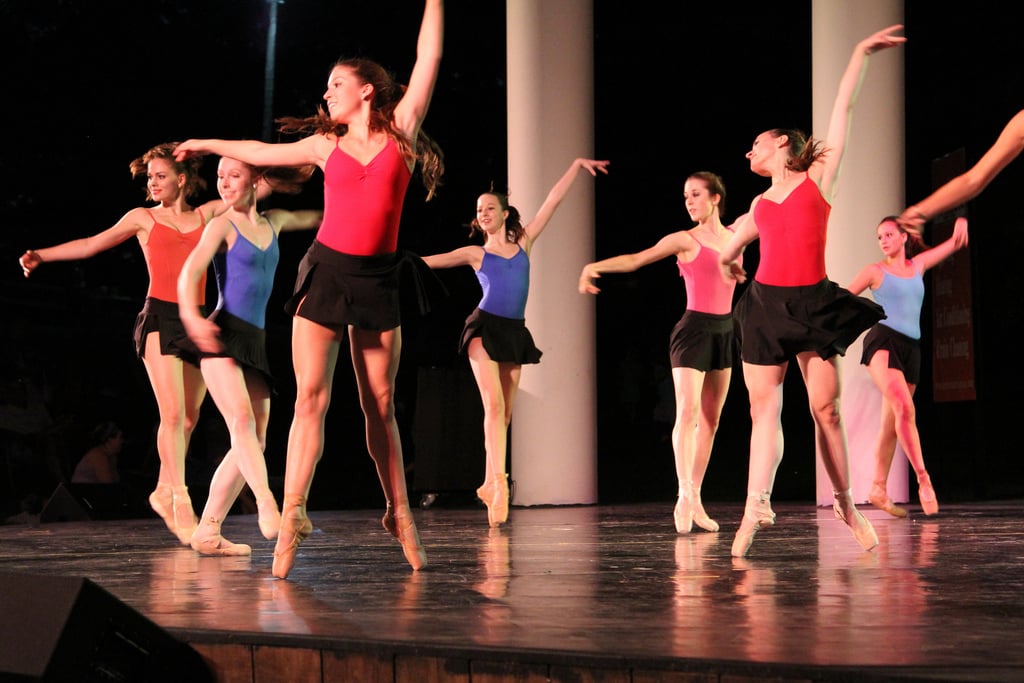
Participation in dance had the highest equivalent value, at £1,671 pa
Photo: Jim, the Photographer (CC BY 2.0)
Arts engagement equivalent to £1k pay rise
New evidence of the social benefits of engagement in culture boosts the economic case for the arts.
Policy makers and those ‘making the case’ for arts and culture have received a helping hand from two new reports that link the arts with positive wellbeing and social impacts. Arts engagement is estimated to enhance perceived wellbeing to the same extent as a £1,084 annual pay rise and is associated with positive effects on all four key social factors examined: health; education; employment and economic productivity; and civic participation.
The two reports: Quantifying and Valuing the Wellbeing Impacts of Culture and Sport and Quantifying the Social Impacts of Culture and Sport, were commissioned by the DCMS and undertaken by the London School of Economics (LSE), with the aim of measuring the monetary benefits of investing in culture and sport. Although analysis of data from the Understanding Society study was controlled for a range of other factors, including income, gender and employment status, the study demonstrates an ‘association’ between wellbeing and the arts, and the writers admit that “causal direction needs to be considered further”. But the use of the “optimal method” for analysing this kind of data means they are confident the papers are “informative for policy-making purposes”.
Using the wellbeing valuation technique outlined in the HMT Green Book, participating in the arts was generally found to be more beneficial to perceived wellbeing than engaging as an audience member. Participation in dance had the highest equivalent value, at £1,671 pa, while watching music benefited wellbeing to the tune of just £742 pa. Unexpectedly playing music was linked to a £1,248 pa decrease in wellbeing.
Those engaging with the arts as an audience member were 5.4% more likely to report good health, although those participating in visual arts were more likely to report poorer than average health. Participation in the arts was associated with a 14% increase in the likelihood of a 16-18 year old predicting they are “very likely” to go on to further education. Both those who engage with and participate in the arts were found to be more likely to volunteer and give money to charity.
Join the Discussion
You must be logged in to post a comment.